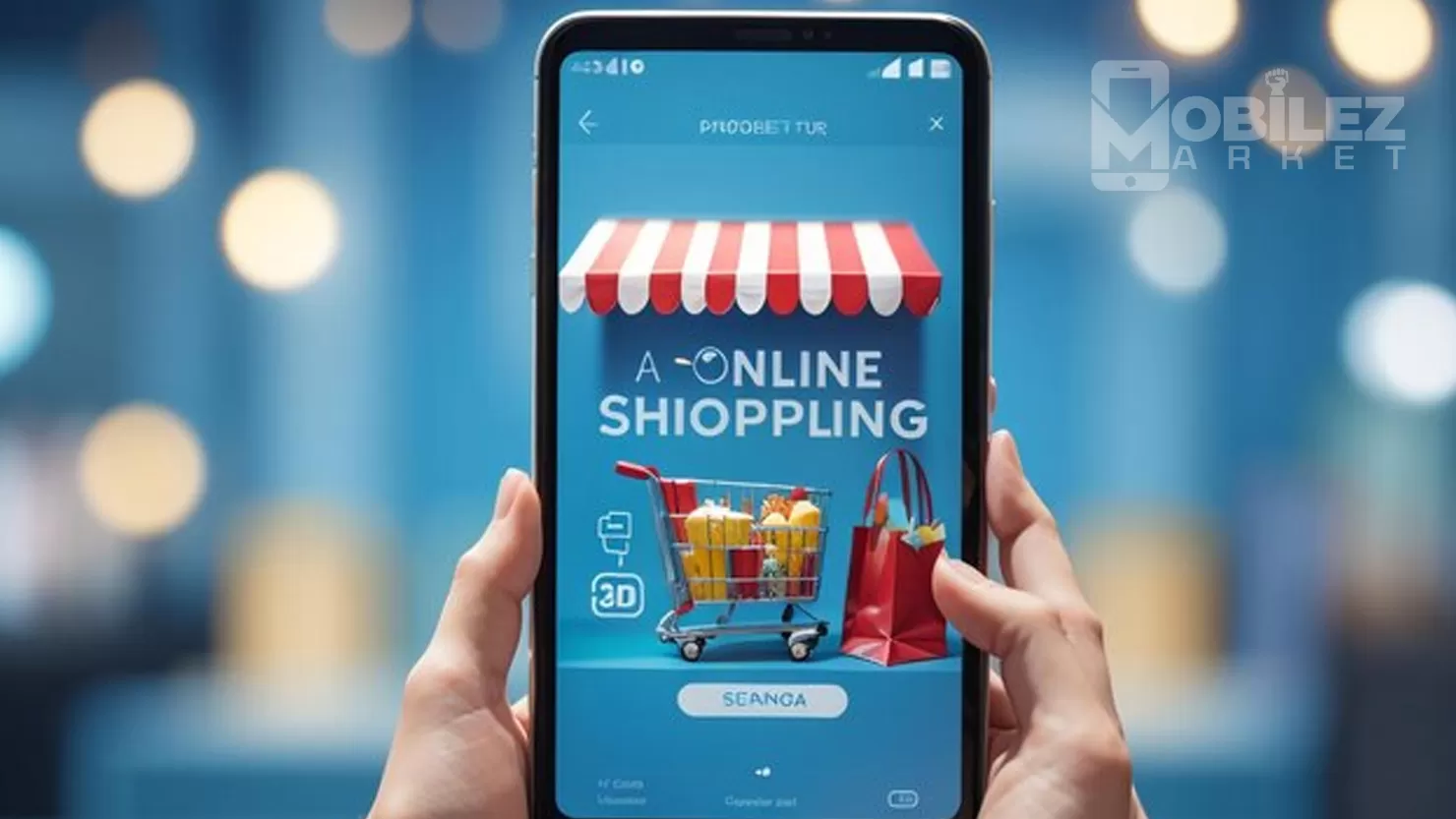The Rise of Mobile Commerce | Shopping at Your Fingertips
Introduction:
Mobile commerce, also known as m-commerce, has revolutionized the way we shop, allowing consumers to browse, purchase, and manage transactions directly from their smartphones or other mobile devices. With the increasing penetration of smartphones and the growing popularity of mobile apps and mobile-friendly websites, mobile commerce has emerged as a dominant force in the retail industry. In this blog post, we'll explore the rapid rise of mobile commerce and how it's transforming the shopping experience for consumers worldwide.
The Evolution of Mobile Commerce:
- Early Adoption: Mobile commerce has its roots in the early 2000s with the introduction of mobile websites and WAP (Wireless Application Protocol) technology, allowing users to access basic shopping functionalities on their mobile devices.
- Advancements in Technology: The proliferation of smartphones, high-speed mobile internet, and secure payment technologies paved the way for the rapid growth of mobile commerce, enabling seamless and secure transactions on the go.
- Rise of Mobile Apps: The launch of mobile apps by e-commerce giants such as Amazon, eBay, and Alibaba further accelerated the adoption of mobile commerce, offering users intuitive interfaces, personalized recommendations, and streamlined checkout processes.
Key Trends Shaping Mobile Commerce:
- Mobile Shopping Apps: Mobile commerce apps have become indispensable tools for retailers, offering users a convenient and immersive shopping experience with features such as product recommendations, personalized offers, and one-click purchasing.
- Social Commerce: Social media platforms such as Instagram, Facebook, and Pinterest have integrated shopping functionalities, allowing users to discover and purchase products directly from their feeds, posts, and stories.
- Mobile Wallets and Payment Options: The rise of mobile wallets such as Apple Pay, Google Pay, and Samsung Pay has simplified the checkout process, enabling secure and contactless payments through smartphones, wearables, and other connected devices.
- Augmented Reality (AR) and Virtual Try-On: Retailers are leveraging AR technology to enhance the mobile shopping experience, enabling users to visualize products in their real-world environment before making a purchase, particularly in industries such as fashion, cosmetics, and furniture.
- Voice Commerce: Voice-activated virtual assistants such as Amazon Alexa, Google Assistant, and Apple Siri are enabling hands-free shopping experiences, allowing users to search for products, place orders, and track deliveries using voice commands.
Benefits of Mobile Commerce for Consumers:
- Convenience: Mobile commerce offers unparalleled convenience, allowing users to shop anytime, anywhere, without the need to visit physical stores or sit in front of a computer.
- Personalization: Mobile commerce platforms leverage user data and behavioral insights to deliver personalized product recommendations, offers, and promotions tailored to individual preferences and shopping habits.
- Accessibility: Mobile commerce has expanded access to goods and services for consumers in remote areas or with limited mobility, enabling them to browse and purchase products with ease from the comfort of their homes.
- Seamless Shopping Experience: Mobile commerce platforms offer seamless and frictionless shopping experiences, with features such as saved payment information, one-click purchasing, and hassle-free returns and exchanges.
Challenges and Opportunities in Mobile Commerce:
- Security Concerns: Security remains a primary concern for mobile commerce, with the risk of data breaches, identity theft, and fraudulent transactions posing potential threats to consumers' sensitive information.
- Mobile Optimization: Ensuring mobile-friendly user experiences and optimized performance across a wide range of devices and screen sizes is essential for retailers to maximize engagement and conversion rates in mobile commerce.
- Competition and Differentiation: With the proliferation of mobile commerce apps and platforms, retailers face fierce competition for consumer attention and loyalty, requiring innovative strategies to differentiate their offerings and stand out in the crowded marketplace.
- Integration with Omnichannel Strategies: Successful mobile commerce strategies require seamless integration with other sales channels, including physical stores, websites, and social media platforms, to provide a cohesive and unified shopping experience for consumers.
The Future of Mobile Commerce:
- Continued Growth: Mobile commerce is poised for continued growth and innovation, driven by advancements in technology, changes in consumer behavior, and evolving market trends.
- Emerging Technologies: Technologies such as artificial intelligence, machine learning, augmented reality, and voice recognition will play an increasingly important role in shaping the future of mobile commerce, offering new opportunities for personalized shopping experiences and enhanced customer engagement.
- Integration with Emerging Platforms: Mobile commerce will extend beyond smartphones to encompass emerging platforms such as wearable devices, smart speakers, and connected cars, providing consumers with seamless shopping experiences across a diverse range of devices and environments.
Conclusion:
Mobile commerce has transformed the retail landscape, offering consumers unprecedented convenience, personalization, and accessibility to goods and services. With the rise of mobile shopping apps, social commerce, mobile wallets, and emerging technologies, the future of mobile commerce is bright and full of opportunities for retailers and consumers alike. By embracing mobile commerce strategies and staying ahead of evolving trends and technologies, retailers can capitalize on the growing demand for mobile shopping and deliver exceptional experiences that meet the needs and expectations of today's digital-savvy consumers.


